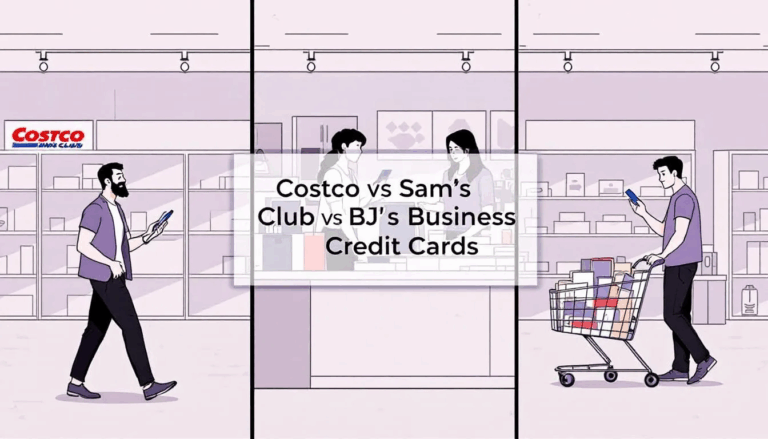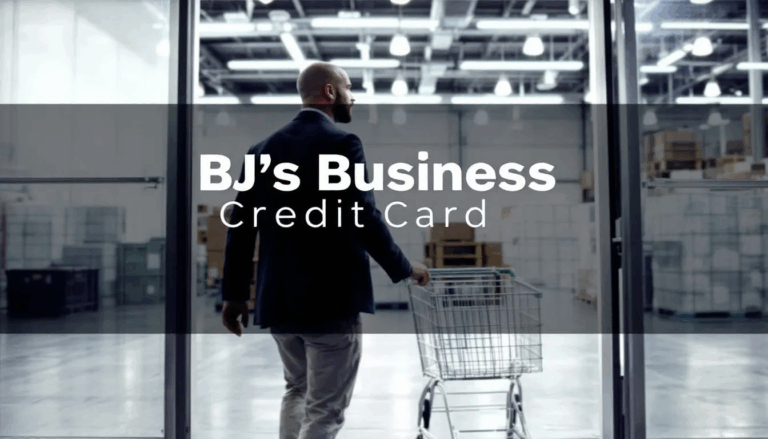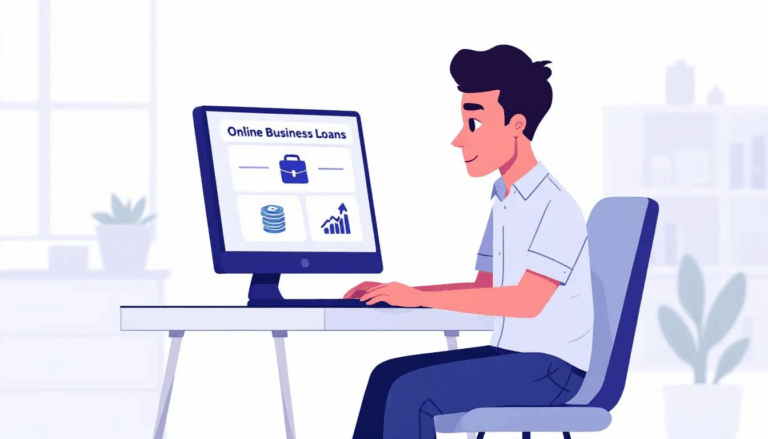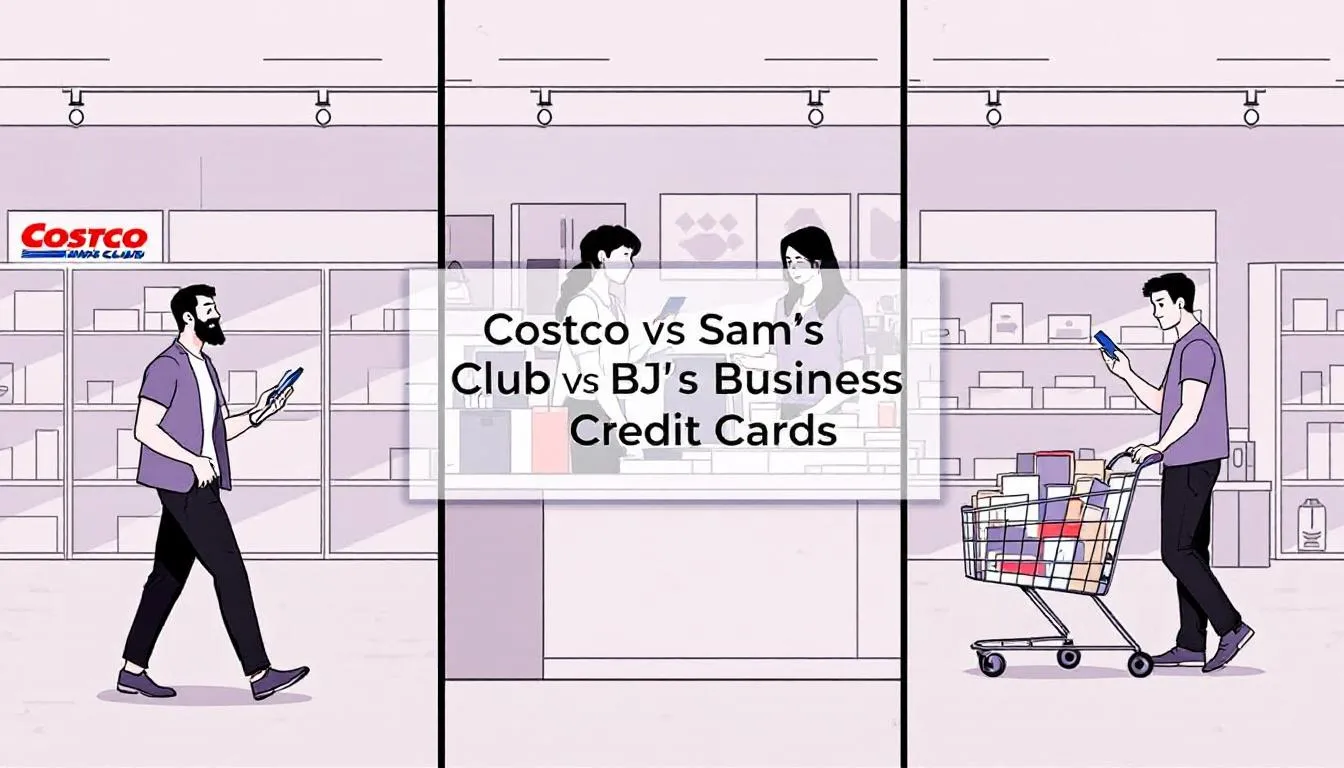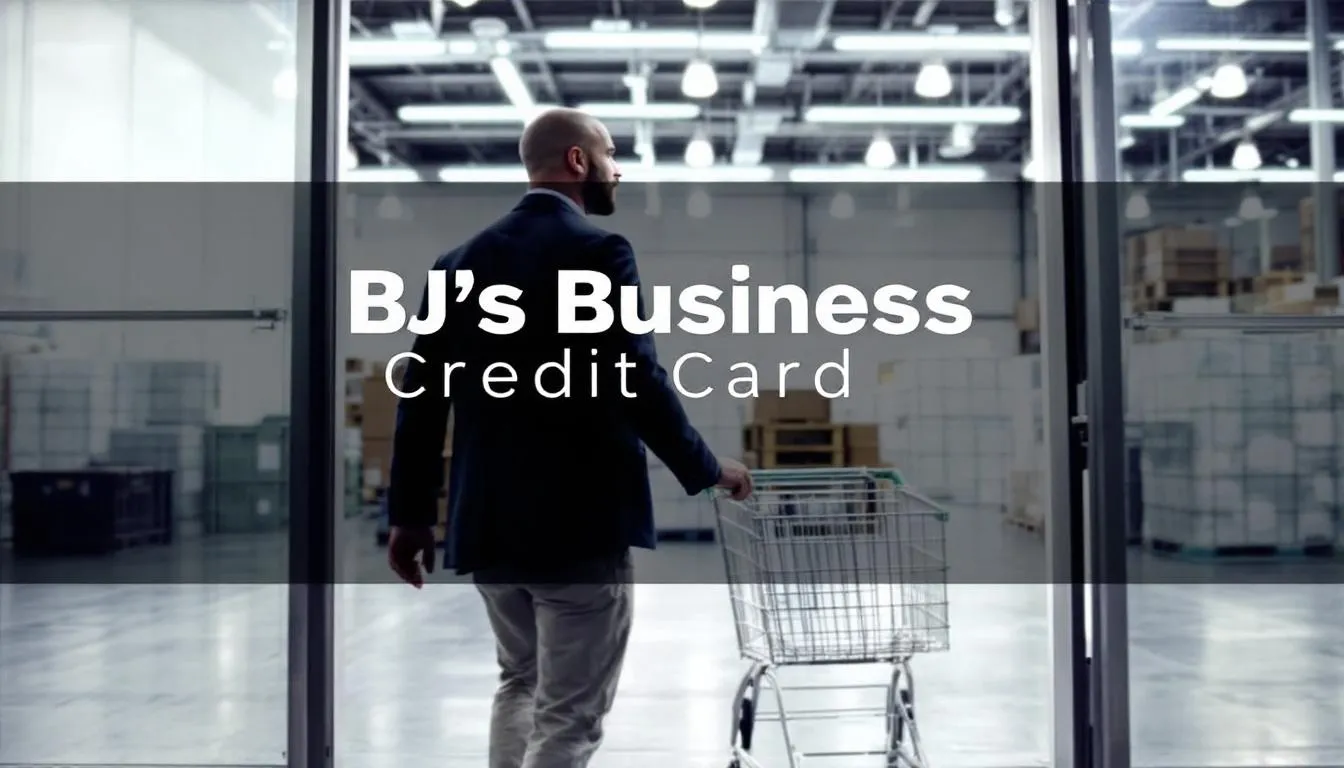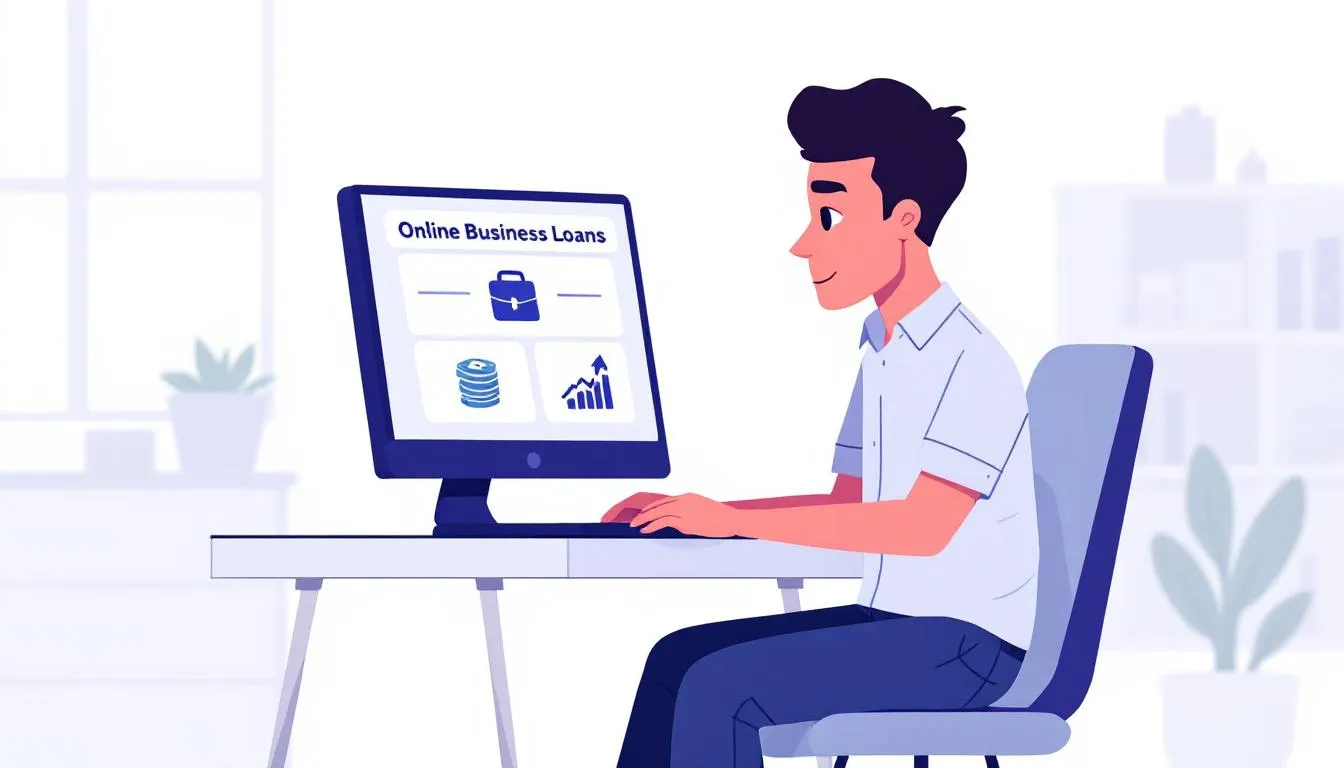What is Invoice Factoring?
Invoice Factoring, also known as accounts receivable factoring, is a business financing method where a company sells its unpaid invoices for an immediate influx of cash. It’s also called accounts receivable factoring, factoring receivables, or invoice financing.
When a business factors receivables, the purchasing company collects the invoices. For business factoring receivables, the invoices are factored at a discount rate. Most invoice factoring companies charge a discount rate ranging from 1% to 5%.
The amount the company receives is a percentage of the invoice value, referred to as an advance rate. Businesses can obtain cash advances of 80-90% of the invoice value through factoring. This process provides advanced funding from delayed payments to meet immediate cash flow needs.
How does Invoice Factoring work?
Unlike a traditional business loan, invoice factoring involves three parties: the company factoring the invoice (the invoice seller), the customer that owes the invoice (the client), and the financial institution that provides factoring services (the invoice factoring company).
The invoice seller agrees with the factoring company that defines the factor rate, or discount rate, additional fees, and conditions. Factoring helps small businesses receive immediate payment, improving cash flow and fueling business growth.
The factoring arrangement process goes as follows:
-
The invoice seller delivers its goods or services to the client and issues an invoice.
-
The invoice seller then sends the invoice to the factoring company.
-
The factoring company approves the invoice and purchases it at the discount rate.
-
The factoring company then sends a cash advance at the advance rate.
-
The invoice seller receives the advance within 24 to 48 hours.
-
The factoring waits for the client to pay the invoice.
-
Once the client pays, the factoring releases the remaining balance minus its fees.
Invoice Factoring Example
XYZ Company has a factoring agreement with the following terms:
-
Advance rate: 95%
-
Discount rate: 2%
It factors invoices that total $50,000. The factor applies the 2% discount rate and purchases them for $49,000.
Based on the advance rate of 95%, the factoring company sends XYZ an advance of $46,550. The wire transfer is completed within 24-48 hours, and XYZ utilizes its working capital to cover expenses.
The remaining $2,450 goes into a reserve account. Once XYZ’s customers pay their invoices, the factor releases their reserve minus any additional fees.
What are the Advantages of Factoring?
Invoice factoring presents several advantages for small businesses.
Immediate Cash
Instead of waiting weeks to get paid, factoring provides businesses with immediate cash. The influx of working capital enables companies to cover operating expenses and overhead costs, such as payroll and rent.
Stable Cash Flow
Customer payments are unpredictable. When a small business factors invoices, it knows precisely when it gets paid. The predictable cash flow helps with financial planning and budgeting.
Providing Attractive Payment Terms
When a business knows it can convert outstanding invoices into working capital, it can offer more generous payment terms to customers. Attractive payment terms help attract new customers, enhance customer relations, and drive business growth.
Easier to Qualify
Most small businesses struggle to qualify for a traditional bank loan. Factoring companies prioritize customer credit scores over the borrowing business’s credit score during the approval process. Some factoring companies don’t require a credit score, while others have very low credit score requirements.
Short-Term Funding Solution
In many cases, small businesses use invoice factoring as a bridge financing solution until they qualify for bank loans. Factoring helps keep the company running until it can get financing to grow. Factoring companies provide funding to help sustain business operations.
Invoices are the Collateral
Since the financing arrangement is based on the value of your invoices, you don’t need to offer any collateral. The asset you sell serves as collateral until the customer pays the invoice in full.
Not a Loan
Factoring receivables is the sale of assets, not a loan. Companies don’t add any debt.
What are the Disadvantages of Factoring?
While factoring offers several benefits, it is also essential to be aware of its potential drawbacks.
High-Cost
Invoice factoring costs tend to be higher than those of a traditional small business loan. High fees from factoring can reduce profit margins for businesses that frequently utilize this financing option. For some companies, the extra cost is worth it if it means stabilizing their cash flow and staying in business.
Reduced Profit Margins
The discount rate is taken directly from the business’s revenue. The reduction in revenue coming into the company reduces the profit margin.
No Guarantee of Collection
Factoring only works when a business’s customers pay their invoices on time and in full. Late payments drive up costs. And if a customer doesn’t pay, the factoring company can require the invoice seller to repurchase the invoice due to bad debts.
Some factoring companies offer limited protection from non-payment with non-recourse factoring. However, non-recourse loans are more expensive and only apply in certain circumstances.
Dependent On Customer Credit
While the business owner may not require excellent credit, the company’s customers do. Factoring companies run credit checks on the invoice seller’s clients. If something is amiss, the company will deny factoring services.
Potential for Hidden Costs
Many factoring companies are upfront and transparent about their costs, but some attempt to add hidden fees. Ensure you work with a reputable factoring company and carefully review the factoring agreement to ensure you understand the terms and conditions.
Not a Permanent Fix
While factoring receivables helps alleviate cash flow interruptions, it doesn’t solve the issue of customers paying late. Improving accounts receivable management tactics, such as setting up payment reminders, making it easier for customers to pay, and offering discounts, can help reduce late payments.
How to get Invoice Factoring:
Follow these instructions to apply for invoice factoring through United Capital Source.
Step 1: Make Sure Your Customer is Reliable
Factoring invoices only works when your customers pay their invoices on time and in full. Ensure your customers will pay.
Step 2: Gather Your Documentation
When you apply, the factoring company needs to review the following documents:
-
Driver’s license.
-
Voided business check.
-
Bank statements from the previous three months.
-
Business tax return.
-
Accounts receivable aging report, Accounts payable report, and debt schedule.
Step 3: Apply
You can complete our one-page application or contact us by phone to apply. Either way, you’ll need to provide the information above and the invoice amount you want to sell.
Step 4: Speak to a Representative
Once you apply, one of our representatives will contact you to discuss the fees and terms associated with the sale. You’ll get an upfront breakdown of all costs, so you don’t have to worry about hidden fees.
Step 5: Receive Approval
The entire process takes about two weeks to finalize. Funds will appear in your bank account 1-2 days after completing the application.
Frequently Asked Questions
What is Debt Factoring?
Debt factoring is a process in which a business sells its invoices at a discount to a third-party company in exchange for an advance payment of cash. Debtors may feel uncomfortable with third-party management of payment collections. Using a third-party factoring company can negatively impact customer relationships.
What is Recourse vs. Non-Recourse Factoring?
When choosing invoice factoring, it’s essential to understand whether you’re entering a recourse or non-recourse factoring agreement. The primary difference lies in who assumes the risk if your customer doesn’t pay the invoice.
In recourse factoring, your business is ultimately responsible for collecting payments from customers if they default on their obligations. That means the factoring company can “recourse” the unpaid invoice back to you, requiring you to repay the advance. Because of the lower risk to the lender, recourse factoring typically comes with a lower factoring fee.
On the other hand, non-recourse factoring shifts the risk of non-payment to the factoring company. If your customer fails to pay due to credit insolvency, the factor absorbs the loss, not your business. This added protection generally comes with a slightly higher factoring fee, but it can offer peace of mind in uncertain markets.
Can I get Invoice Factoring with Bad Credit?
Yes—invoice factoring is one of the most accessible financing options for business owners with bad credit. That’s because the approval decision is based primarily on your customers’ creditworthiness, not yours.
Even if you’ve struggled with traditional bank loans, you may still qualify for factoring and receive an immediate cash advance on your unpaid invoices. This allows you to manage cash flow effectively, even when credit scores are less than ideal.
Most factoring companies are more concerned with your customer’s ability to pay than your credit history. Since they’re the ones collecting customer payments, the factoring company evaluates your accounts receivable rather than running a deep dive into your credit file. That makes invoice factoring an excellent funding solution for businesses rebuilding their credit or operating in industries where consistent cash flow is critical.
What are the Alternatives to Factoring?
While invoice factoring is a popular funding tool, it’s not the only option. Many business owners also explore small business loans to support their operations. These loans can come in the form of term loans, SBA loans, or lines of credit, offering more flexibility for various growth opportunities.
Another potential path is equity financing, where you sell a portion of your business ownership in exchange for capital. This option can work well for startups or companies looking to scale quickly without incurring debt, but it does mean relinquishing some control.
Finally, if you’re seeking a comprehensive financial service that includes working capital solutions, equipment financing, and credit-building tools, several non-bank lenders and fintech platforms offer alternative financing packages tailored to meet the needs of small businesses. Choosing the right alternative depends on your goals, risk tolerance, and the timeframe for obtaining funding.
Invoice Factoring Pros & Cons – Final Thoughts
Small business factoring is a viable financing solution for small businesses that need immediate working capital. The technique converts assets into liquid capital to help with cash flow issues.
Before signing an agreement, small business owners should understand all the risks and benefits associated with factoring. Discuss the fees and terms with the factoring company and ask follow-up questions as needed.
Contact us to get started with invoice factoring. Our loan experts will discuss your financing needs and help you find the right lending package to help you meet your goals.




